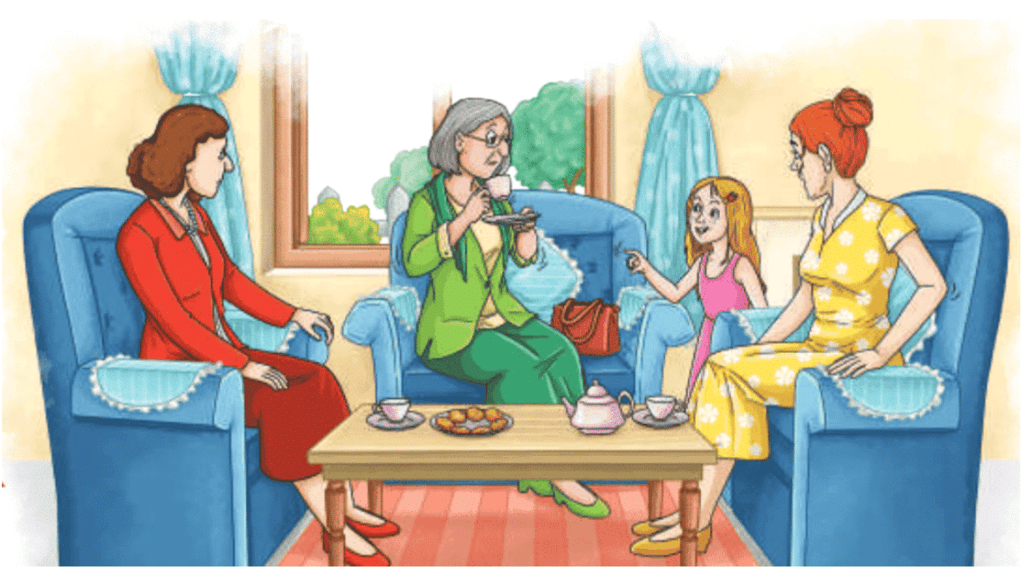Multiple Choice Questions (MCQs)
Q1: Who is the author of the play “Mary’s Mistake”?
a) Natalie Joan
b) G.C. Thornley
c) Hugh Lofting
d) Helen Keller
Q2: Why does Mrs. Shaw want the house tidy for the guests?
a) To impress Mrs. Harding and Mrs. Lee
b) To prepare for a party
c) To sell the house
d) To teach Mary a lesson
Q3: What does Mary mistakenly say about Mrs. Harding’s children?
a) They are rude
b) They are beautiful
c) They are at school
d) They don’t exist

Q4: What does Mary say when the guests try to leave?
a) “Please stay longer!”
b) “Must you stay? Can’t you go?”
c) “Come back tomorrow!”
d) “Thank you for coming!”
Q5: What does the word “blunders” mean in the play?
a) Kind compliments
b) Careless mistakes
c) Polite greetings
d) Funny stories
Fill in the Blank
Q1: Mrs. Shaw teaches Mary to say _______ things to make guests happy.
Q2: Mary compliments Mrs. Harding’s _______ that don’t exist.
Q3: Mrs. Harding’s brother is a _______.
Q4: Mary criticises _______ that belongs to Mrs. Harding.
Q5: The word “awkward” describes an _______ situation.
True or False
Q1: Mrs. Shaw wants Mary to stay quiet during the guests’ visit.
Q2: Mary’s mistakes make the guests feel uncomfortable.
Q3: Mrs. Lee is Mrs. Harding’s mother.
Q4: The play teaches the importance of speaking kindly and carefully.
Q5: The word “wealthy” means having little money.
Very Short Answer Questions
Q1: Who are the two guests visiting the Shaws?
Q2: What does Mrs. Shaw tell Mary to do if the conversation pauses?
Q3: What hobby does Mary mock that the Harding family enjoys?
Q4: What is the meaning of the word “compliments” in the play?
Q5: What is one moral of the play?
Long Answer Questions
Q1: How does Mrs. Shaw prepare Mary for the guests’ visit, and why is she hesitant to let her stay?
Q2: Describe two mistakes Mary makes during the visit and their impact on the guests.
Q3: Explain how Mary’s final mistake when the guests leave adds humour to the play.
Q4: What is the moral of the play, and how do Mary’s actions illustrate it?
Q5: Discuss how the play uses Mary’s blunders to teach a lesson about polite conversation.